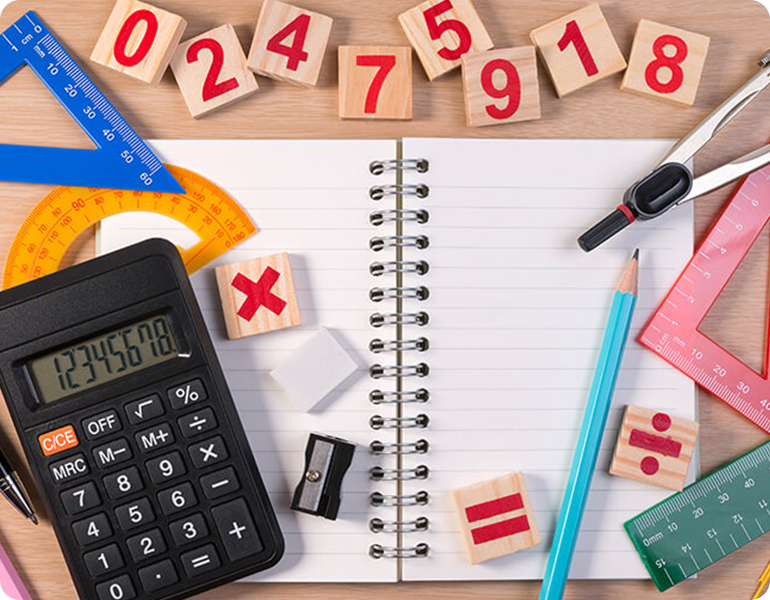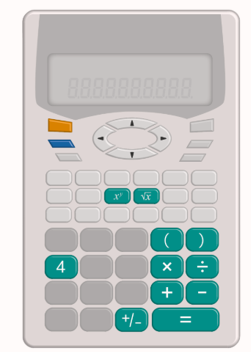
Great problem-solving and reasoning questions (PSR) are those that provoke students into thinking. We want them to care about the problems they’re solving, and to do that, we have to tickle their fancies, pique their interest, and stock the embers of curiosity burning deep within.
You’ll see reactions to intriguing PSR questions. Students will pause before they make decisions – that’s a sure sign their minds are working on the ‘reasoning’ part of the exercise.
Lastly, there should be opportunities for diverse thinking and for students to explain or model their approach to the problem. Everyone thinks differently and thinking needs to be justified (and rewarded!).
We’ve put together 3 great examples of PSR questions and 1 bad one. See if you can spot which is which!
How many hats and socks?

Level 3
Strand: Number & Algebra
Sub-strand: Fractions
Purpose of the task:
Students add fractions with the same denominator up to 1 whole to solve a real-life problem.
Part A
Mrs Yarn bought 1 large ball of blue wool. To make a hat she needs 2/7ths of a ball. To make a scarf she needs 3/7ths and to make a pompom she needs 1/7ths.
What could she make that would use the entire ball of wool?
Hats:
Scarves:
Pompoms:
Part B
What other combination of hats, scarves and pompoms could she make that would use the entire ball of wool?
Work with a partner to find all the possibilities.
A revolution in ratios
Level 7
Strand: Number & Algebra
Sub-strand: Rates and ratios
Purpose of the task:
Solve a word problem identifying equivalent ratios with regards to the revolutions of cogs. Involves using multiple two-part ratios.The diagram shows 4 cogs that form part of a simple machine.
The number of full revolutions that each cog completes is related by the ratios:
A : C = 2 : 1
B : D = 3 : 8
A : D = 1 : 2
Part A
What is the ratio of cogs A, B, C and D in its simplest form?
Simplified ratio of cog A: ____
Simplified ratio of cog B: ____
Simplified ratio of cog C: ____
Simplified ratio of cog D: ____
Part B
Cog A completes 24 revolutions.
How many revolutions does cog B complete in the same time?
Number of revolutions: ____
Broken calculator

Level 8
Strand: Number & Algebra
Sub-strand: Operations
Purpose of the task:
Use a broken calculator to make values between -20 and 20. Students explore the arithmetic properties of integers.
A broken calculator has only some keys working (shown in green).
Part A
Use the calculator keys to make all whole number values between -20 and 20.
Show your workings.
Part B
Is it possible to make the same values without the use of the division key? Explain your answer.
Do this sum
What is 2 x 5 x 7?
Answer: ____











